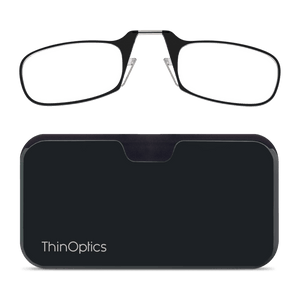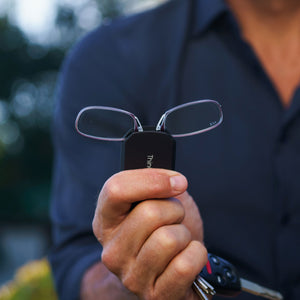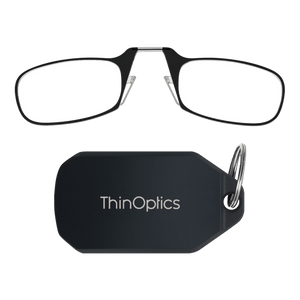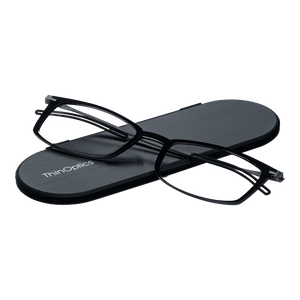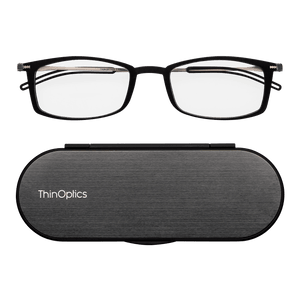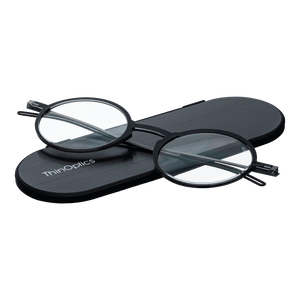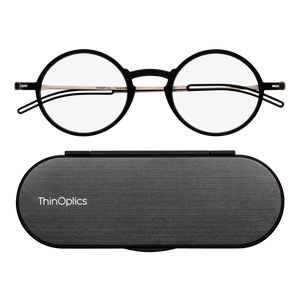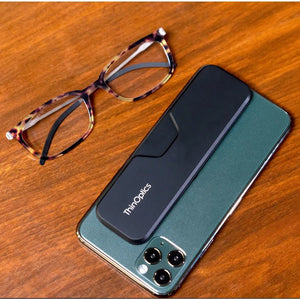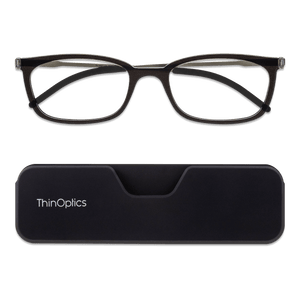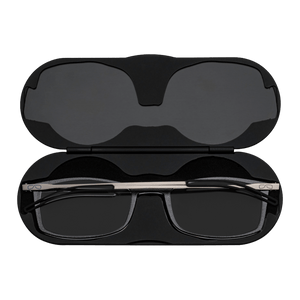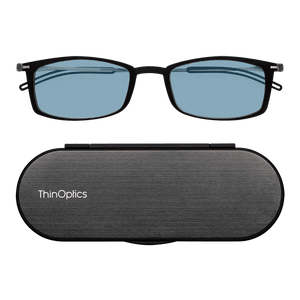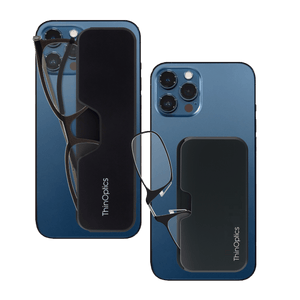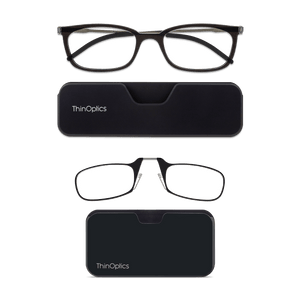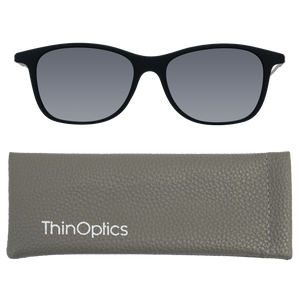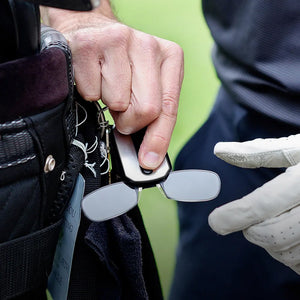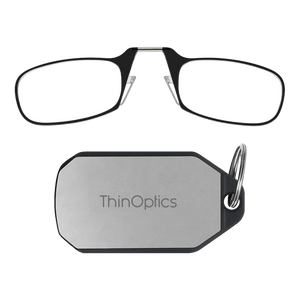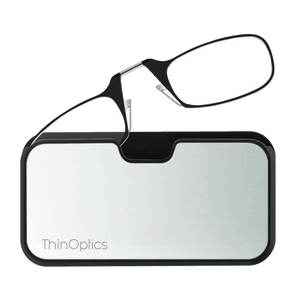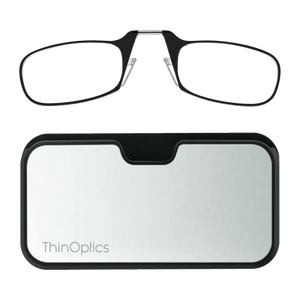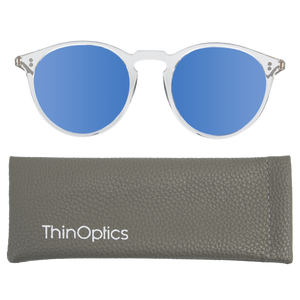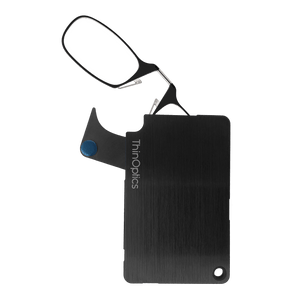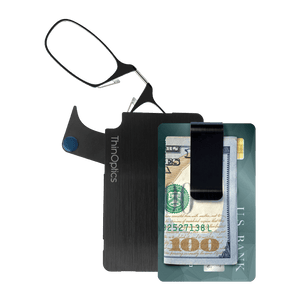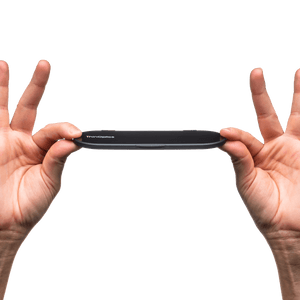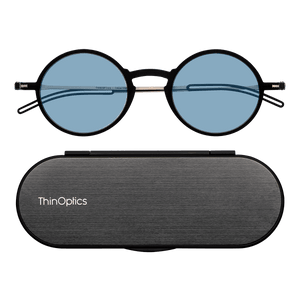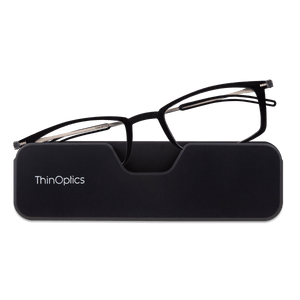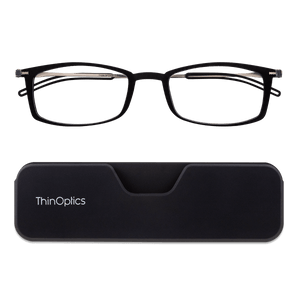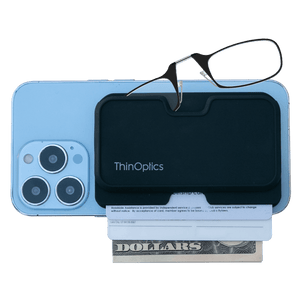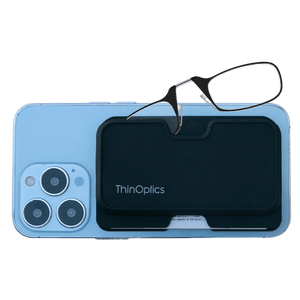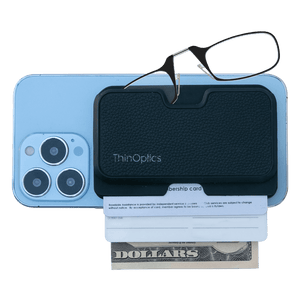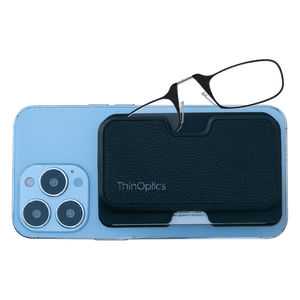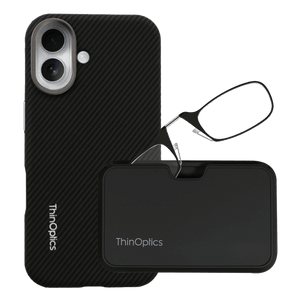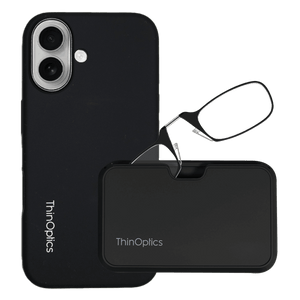The Ultimate Guide to Selecting Your Perfect Pair of Reading Glasses
How Do I Choose the Best Reading Glasses?
Squinting at menus or subtitles? You are not alone. Here is a simple way to choose readers that fit your eyes and your day.
How do I know when I need reading glasses?
After 40, the eye lens hardens. Near focus gets tougher. If you are holding text farther away, getting headaches, or zooming your phone to the max, it is time to test.
- Quick start: Take the Online Vision Strength Test.
- Confirm: If results feel off, try one step lower power first. Stronger is not always better.
- Pro tip: See an optometrist if you have astigmatism or large differences between eyes.
What is a diopter and why does it matter?
Diopters measure lens power. For example, +1.00 or +1.50. Higher numbers give more near help. Many people start near +1.00 and increase over time.
- Typical ranges: +0.75 to +2.50 for most people. Higher powers exist and may require a prescription.
- Age guide: 40 to 49: +0.75 to +1.50. 50 to 59: +1.50 to +2.25. 60 and up: +2.25 to +2.75. This is a general guide, not medical advice.
- Next step: Run the Strength Test and compare to the guide above.
Should I test before buying and how accurate is the online test?
Online tests give a solid estimate for most people and help you narrow choices quickly.
- Best practice: Test at arm length in good light. Do not wear current readers while testing.
- If between powers: Choose the lower power first to reduce eye strain.
- Still unsure? Order two nearby strengths and keep the one that feels easiest for 20 to 30 minutes of reading.
Which frame style fits my lifestyle and face shape?
Pick frames that serve your day, not the other way around.
- Ultra portable: Pince nez Readers live in tiny cases that stick to your phone, keychain, or laptop.
- All day wear: Full Frame Reading Glasses give classic comfort and coverage.
- Carry system: The Universal Pod keeps readers with you in a bag, pocket, or on your phone.
Fit check: Frame edges should align with your face, lenses should be level with your pupils, and cheeks should not touch the frame when you smile.
What lens options are available and when should I use them?
- Blue Light Blockers: If you read on screens for long stretches, try Blue Light Blockers to reduce perceived eyestrain.
- Sun Readers: Reading outdoors? Choose Sunglasses with reader power for comfort and clarity.
- Backup power: Keep a second strength for different tasks. For example, stronger for very small text, lighter for laptop distance.
Can I try before I buy with readers?
Yes. Sample nearby strengths or styles, then return what does not feel right.
- Variety: Compare Readers and Full Frames to see what you actually wear.
- Comfort test: Read for 20 minutes. Aim for no strain, no sliding, and no hot spots.
How do I keep my readers with me without losing or breaking them?
- Always with you: Phone mounted, keychain, or laptop cases prevent loss.
- Bundle up: Use Build Your Own Bundle to stash a pair at your desk, in the car, and in your travel bag.
- Durability: Slim cases reduce pressure and breakage in pockets and bags.
Quick takeaways
- Start with the online test. If you are between powers, go lower first.
- Pick frames for your real life. Portable for travel and errands. Full frame for long reads.
- Add Blue Light Blockers for screen sessions. Add Sun Readers for outdoor clarity.
- Keep a backup pair and a backup strength where you work or read most.
Helpful support reads: What Strength Should I Order? · What frames and powers are available?
Reader Buying FAQ
How accurate is the Online Vision Strength Test?
It gives a reliable estimate for most users when you test in good lighting at a normal reading distance. Confirm by reading for 20 to 30 minutes with the suggested power.
Can I take the test on my phone or tablet?
Yes. Hold the screen at your normal reading distance and set a comfortable brightness.
If my result says +1.50, should I order that exact strength?
Start with +1.50. If you are between strengths, try the lower option first to reduce strain. Move up only if needed.
How often should I recheck my strength?
Recheck every 12 to 24 months, or sooner if text becomes fuzzy again or you begin holding items farther away.
Do Blue Light Blockers help for long screen sessions?
Many people report better comfort during long screen time. Use them along with the correct reader strength.
Can I return pairs if they do not feel right?
Yes. Order nearby strengths and styles, keep what feels best across a full reading session, and return the rest.
What makes ThinOptics different from typical readers?
Ultra slim frames and phone or keychain cases make it easy to carry readers everywhere. That means less loss, less breakage, and more reading.
Bottom line: Test your strength, choose frames that fit your day, and keep a pair with you at all times. That is effortless vision.





